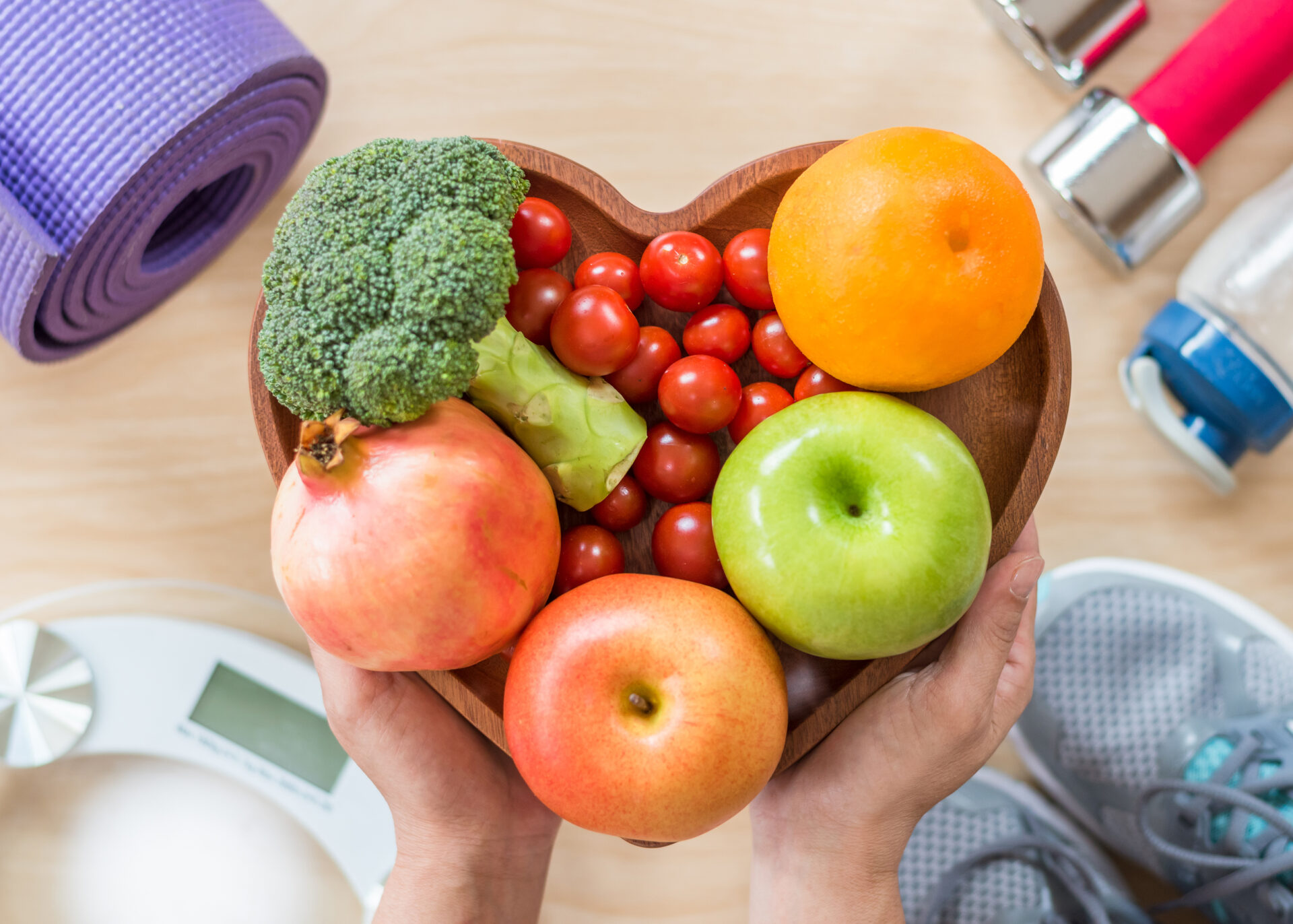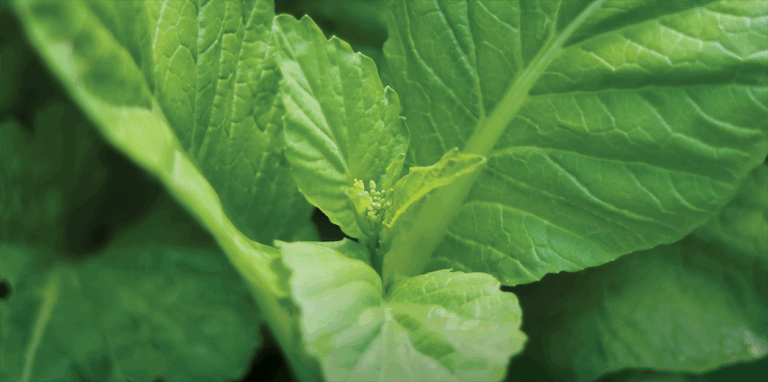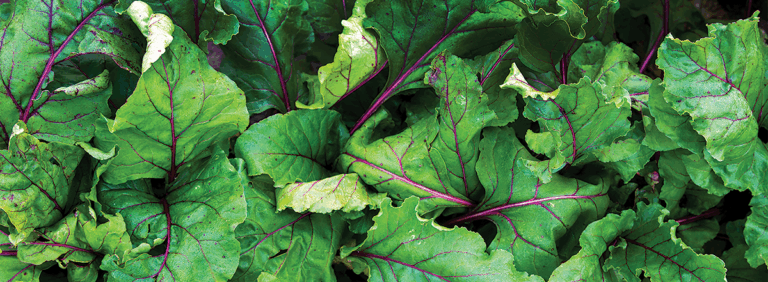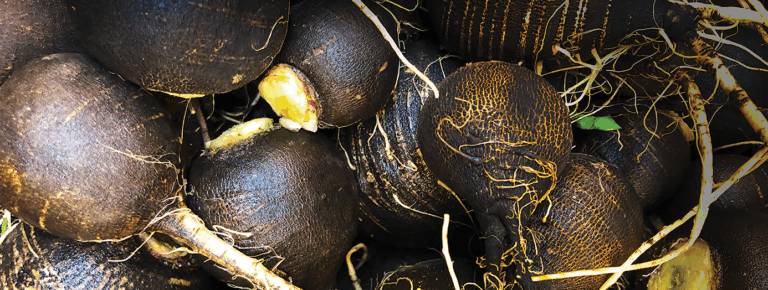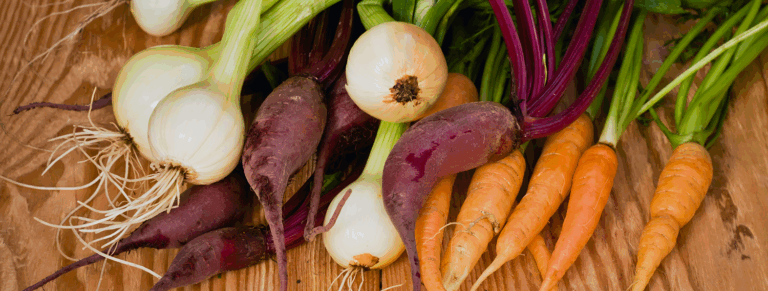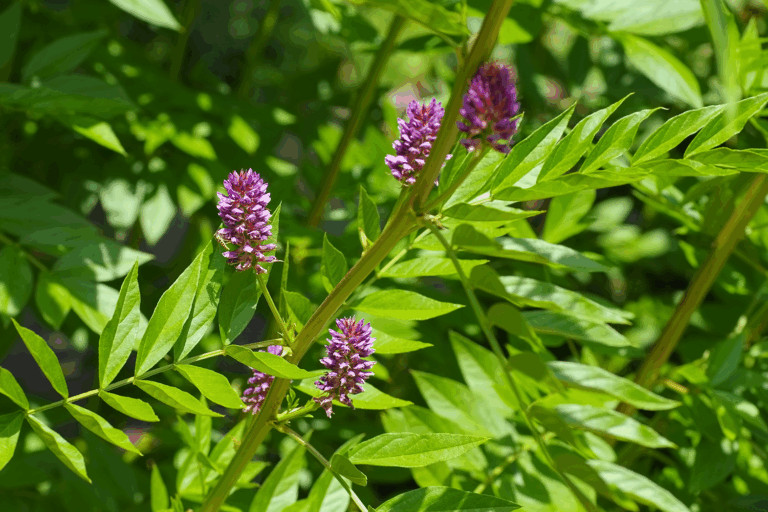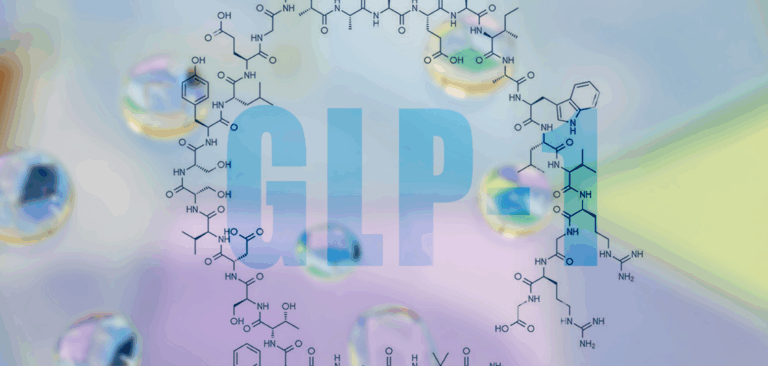Antioxidants and Physical Activity
What Are Antioxidants?
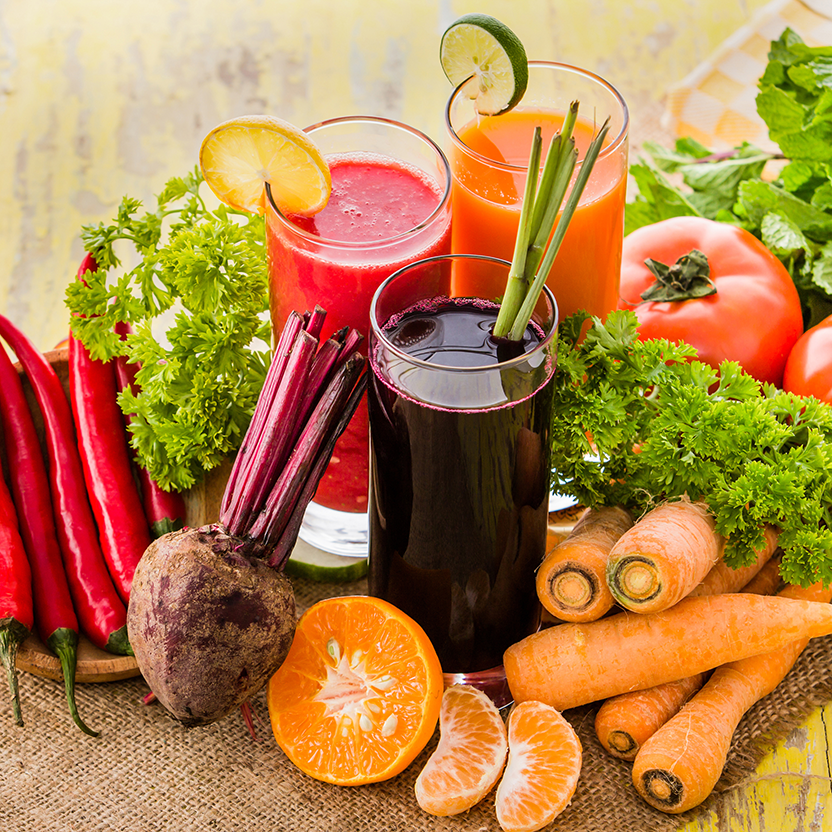
Antioxidants are compounds found in foods and produced by the body that help protect cells from oxidative stress and damage caused by free radicals. Common antioxidants include vitamins C and E, selenium, flavonoids, and carotenoids, which are found in fruits, vegetables, nuts, herbs and whole grains. Free radicals, also known as Reactive Oxygen Species (ROS), are molecules produced by the body as either a natural byproduct of metabolism, immune response, or in response to toxin exposure. If left unchecked, free radicals lead to a process known as oxidative stress, which can damage cells, proteins, and DNA.
Excess oxidative stress contributes significantly to aging, inflammation and mitochondrial damage, and has been implicated in the pathogenesis of various chronic diseases such as heart disease, diabetes, and cancer.1 Fortunately, the human body has a complex antioxidant defense system that utilizes both dietary intake of antioxidants and our own natural production of antioxidant compounds like glutathione. Consuming a diet rich in antioxidants can help strengthen this defense system to reduce the harmful effects of free radicals and decrease overall oxidative stress in the body. Antioxidants also support the body’s natural detoxification processes, helping to eliminate toxins and pollutants that may otherwise harm the body.
How Do Antioxidants Impact Exercise?

During physical activity, particularly intense or prolonged exercise, the body has increased metabolic needs, which generates a higher volume of free radicals. Endurance activities like running, cycling, or swimming tend to generate much higher levels of oxidative stress because they significantly increase the body’s oxygen consumption, which in turn leads to a higher production of ROS within the muscles.2
This accumulation of ROS leads to an imbalance between the generation of free radicals and the body’s ability to neutralize them with antioxidants, or the process of oxidative stress. Excessive oxidative stress generated during exercise can damage muscle tissue, impair recovery and contribute to fatigue.2 Eating an antioxidant rich diet or supplementing with antioxidants, particularly vitamins C and E, can help reduce muscle damage and inflammation and speed up the recovery process after intense training sessions.3-5
Dietary antioxidants can also contribute to improved endurance, a key aspect of physical activity for training athletes. Mitochondria, also known as the ‘batteries of the cell,’ are responsible for producing energy during exercise, and by enhancing mitochondrial efficiency, antioxidants may help improve exercise performance and endurance.6
How To Get More Dietary Antioxidants
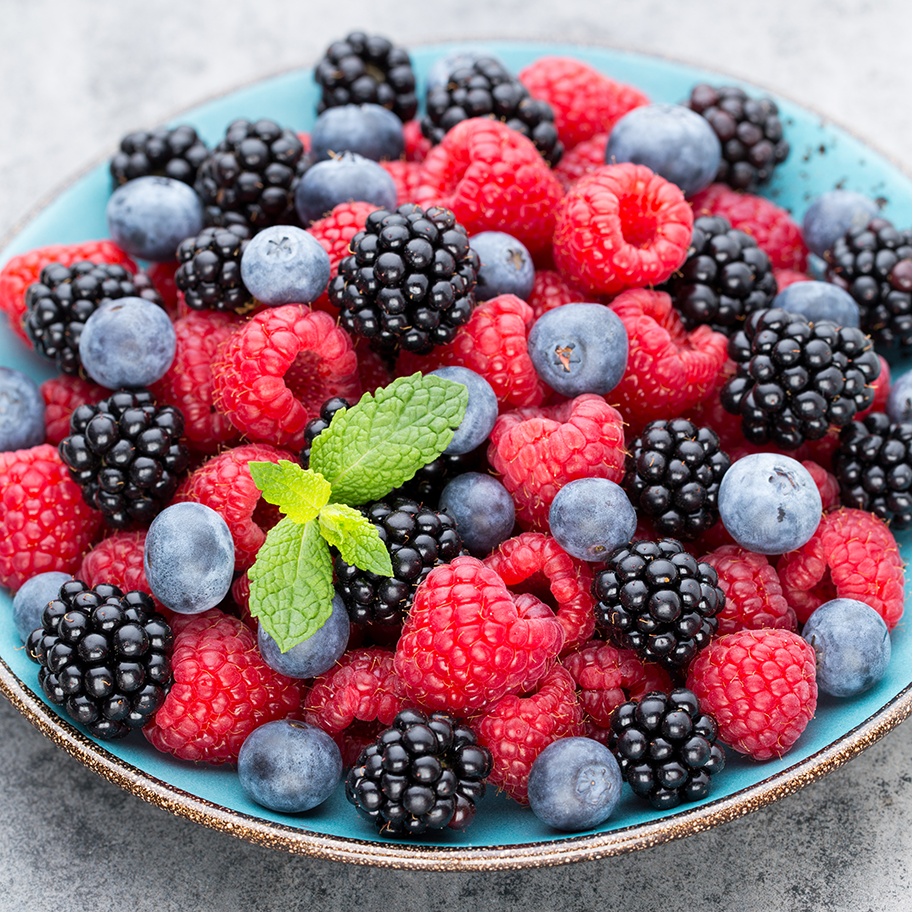
Fortunately, the foods highest in antioxidants are often the most delicious. Bright red, blue, purple and yellow fruits and vegetables like berries, grapes, plums, apples, pomegranates and beets are rich in compounds called flavonoids which give them their beautiful colors and are also a rich source of antioxidant activity. In general, the more colorful a fruit or vegetable is, the more antioxidant value it has.
Leafy greens like spinach and kale, cruciferous vegetables like broccoli, and root vegetables like carrots and sweet potatoes are rich in vitamin C and carotenoids that provide antioxidant activity. Green tea and raw cacao powder are both known as antioxidant powerhouses because of their polyphenol content. To stay out of oxidative debt the average person needs about 8,000-11,000 antioxidant units per day, while those engaging in intense physical activity will need significantly more to offset that increased oxidative stress.7
While it seems like a huge number, small substitutions like swapping blueberries for a banana, adding more herbs to recipes and choosing mixed greens instead of iceberg lettuce can really help increase daily antioxidant intake. For example, a 1 cup serving of blueberries contains a whopping 9,019 ORAC (Oxygen Radical Absorbance Capacity) units, while just 4 leaves of raw spinach pack 1,056 units. Making a blueberry and spinach smoothie could easily contain over 10,000 ORAC units- nearly the entire recommended daily intake. Adding a nutrient-dense greens powder daily can also help with increasing overall antioxidant intake.
Key Takeaway
While the full potential for antioxidant supplementation in physical performance is still being explored, the research supporting dietary antioxidant intake for general health and longevity is well-established. Antioxidants play a vital role in reducing oxidative stress and inflammation, and regular consumption of antioxidants supports immune function, improves cellular function, helps maintain healthy aging and supports the body’s ability to adapt to physical demands like exercise.
1. Lobo V, Patil A, Phatak A, Chandra N. Free radicals, antioxidants and functional foods: Impact on human health. Pharmacogn Rev. Jul 2010;4(8):118-26. doi:10.4103/0973-7847.70902
2. Yavari A, Javadi M, Mirmiran P, Bahadoran Z. Exercise-induced oxidative stress and dietary antioxidants. Asian J Sports Med. Mar 2015;6(1):e24898. doi:10.5812/asjsm.24898
3. Shigeta M, Aoi W, Morita C, et al. Matcha green tea beverage moderates fatigue and supports resistance training-induced adaptation. Nutr J. Jul 5 2023;22(1):32. doi:10.1186/s12937-023-00859-4
4. Chaouachi M, Gautier S, Carnot Y, et al. Spirulina supplementation prevents exercise-induced lipid peroxidation, inflammation and skeletal muscle damage in elite rugby players. J Hum Nutr Diet. Dec 2022;35(6):1151-1163. doi:10.1111/jhn.13014
5. Morillas-Ruiz JM, Villegas García JA, López FJ, Vidal-Guevara ML, Zafrilla P. Effects of polyphenolic antioxidants on exercise-induced oxidative stress. Clin Nutr. Jun 2006;25(3):444-53. doi:10.1016/j.clnu.2005.11.007
6. Williamson J, Davison G. Targeted Antioxidants in Exercise-Induced Mitochondrial Oxidative Stress: Emphasis on DNA Damage. Antioxidants (Basel). Nov 17 2020;9(11)doi:10.3390/antiox9111142
7. Greger M. How to get enough antioxidants each day. 2024. https://nutritionfacts.org/blog/how-to-get-enough-antioxidants-each-day/
